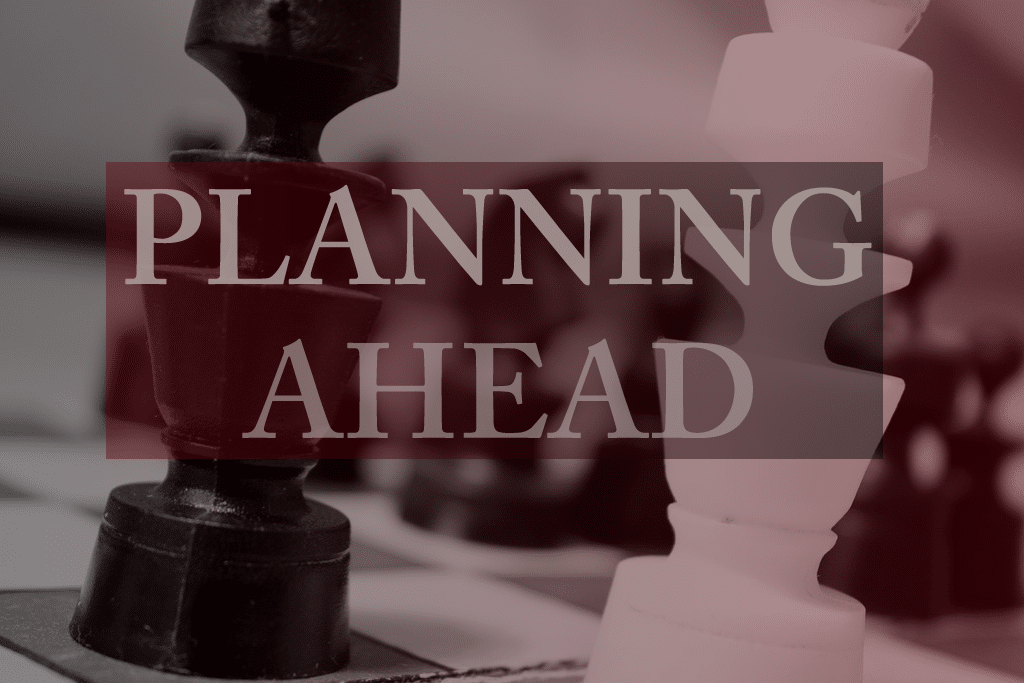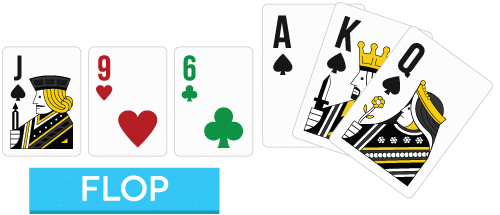When you have the initiative in a poker hand pre-flop, typical play will put you in control of the hand on the flop and turn if you maintain your aggression. While you can’t just bet every single time you get the opportunity, putting a bit of planning into your post-flop play can help you to maximize the potential of your range when you were the pre-flop aggressor. Along these lines, we’re going to take a look at the two key things to consider when you’re planning to fire two streets.

Board Texture
No matter if you’re bluffing or value betting, the texture of the board is one of the first two things you have to look at before you continue your pre-flop aggression. While a small novel could be written about flop texture in and of itself, in the context of considering a double barrel, you’re mostly looking at what the potential draws are, how the board matches up with your opponent’s range and what the important turn cards could be.
If you’re value betting, you have to consider the potential draws and which of them your opponent could have so that you know when (or if) to put the brakes on if they complete on the turn. Along similar lines, these are hands you’re getting value from on the flop as well, and this can affect your bet sizing. On the other hand, if you’re planning out a double barrel bluff, you need to know which scare cards you can represent based on these draws on the turn.
From the bluffing perspective, your opponent’s range will match up with the board in a way that distributes fold equity across two streets. You’ll obviously need to take things like your opponent’s c-bet folding percentages into consideration to a degree, but the basic idea is that you need to know the types of hands you can expect your opponent to call and fold with on the flop. If they’re folding a lot on the flop, then there might not be as much that they’ll fold with on the turn. This indicates that you should bluff a lot on the flop and value bet a lot on the turn, accordingly.
We also have the important turn cards that we need to briefly consider. Cards that complete an obvious draw, overcards to the flop and cards that pair the board should be noted and prepared for. The reason for this is that they all affect both your bluffing and value betting opportunities. The good scare cards could help you to nail a double barrel bluff, and the tame ones could make it easier to get two streets of value with something like a big pair hand or a set. If you recognize these important turn cards ahead of time, then you’ll already know what your plan is when you get to the next street.
For a quick article on good scare cards to bluff click the image below!
Position
Other than board texture, position is the second “must-consider” factor when planning to fire two streets. For example, when you’re out of position, there’s more of an incentive to bluff on both streets. The reason for this is that checking, the only alternative, is less profitable on average because you never get the option to check and immediately see the next street. However, if you are in position, then things like free card plays with draws can steer you away from a double barrel play in a lot of bluffing situations.
Value betting is also affected by position, especially if you have a medium-strength hand. When you’re out of position and planning to fire on two streets, especially on a dry board, you’re building a big pot that you’re going to have to play on the river, and it’s easy to make big mistakes if you’re against a player who will test you. The converse to this is that you can be more aggressive with value betting for two streets when you’re in position because you’ll have more control over the pot on the river.
This control over the pot is why when you’re value betting out of position, you can’t just plan for firing two streets. Instead, you have to also consider what your general plan is going to be on the river.
To give a simple example:
A lot of people with flopped top pair type hands like to bet the flop and turn on wet boards and then check/call the river to pick off bluffs from missed draws. While this is pretty common and fairly easy to see through when you know what you’re looking at, it’s a great example of knowing what your plan is for the river before you ever fire off your flop continuation bet.
Overview
Board texture and position are two of the most basic building blocks of no-limit hold’em. If you’re planning ahead multiple streets, like when you’re thinking about firing two barrels, they are the two most important parts of the game to look at first because they direct so much of your play in specific ways. Keep both of these things in mind when you’re planning your post-flop aggression, and you’ll feel much more confident in your play.

